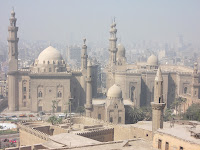 |
| Red Pyramid at Dashur |
Slideshow of Dashur and Memphis.
Travel experiences overland from London to Australia - and then some
 |
| Red Pyramid at Dashur |
 |
| Mamluk style Sultan Hassan Mosque |
 |
| Coptic Cairo's Hanging Church |
 |
| Tel Al-Marna's Nile valley panorama |
 |
| Journey to the afterlife |
 |
| Red Sea snorkeling frenzy |
 |
| Temple of sensual goddess Hathor |
 |
| Cult temple of falcon god Horus |
